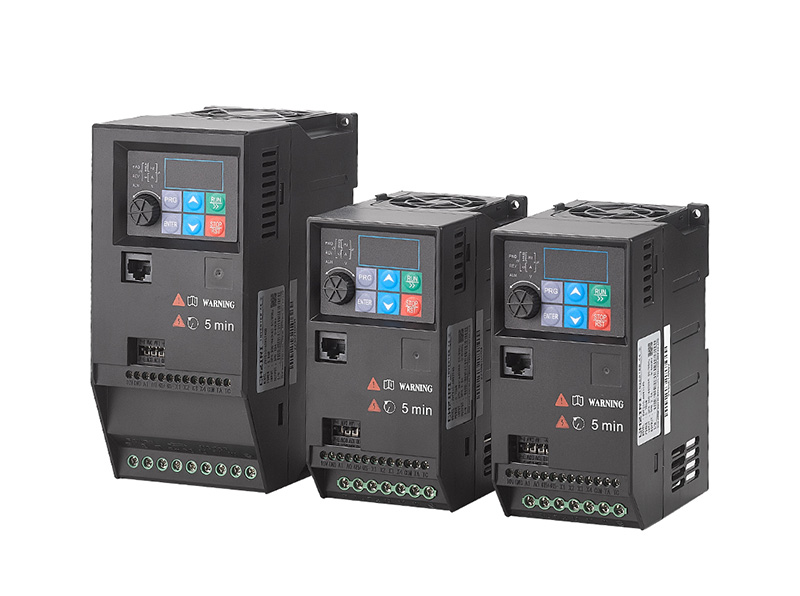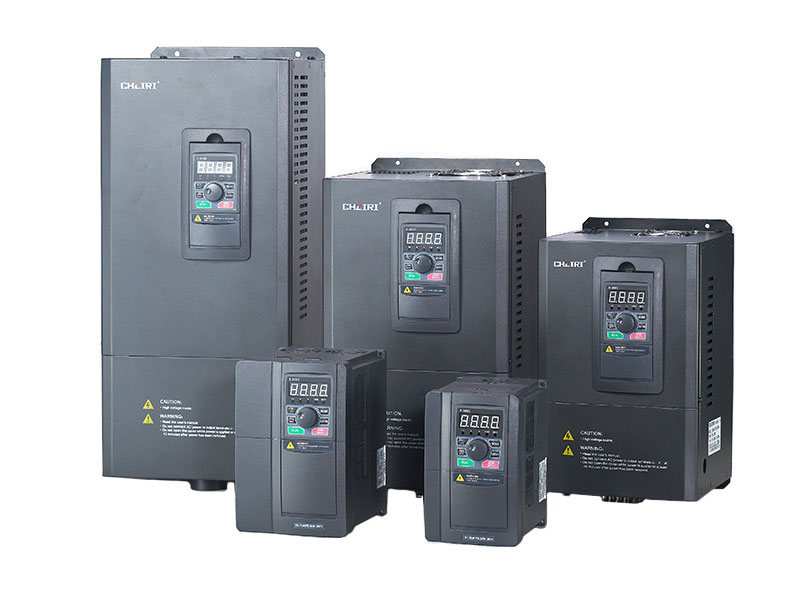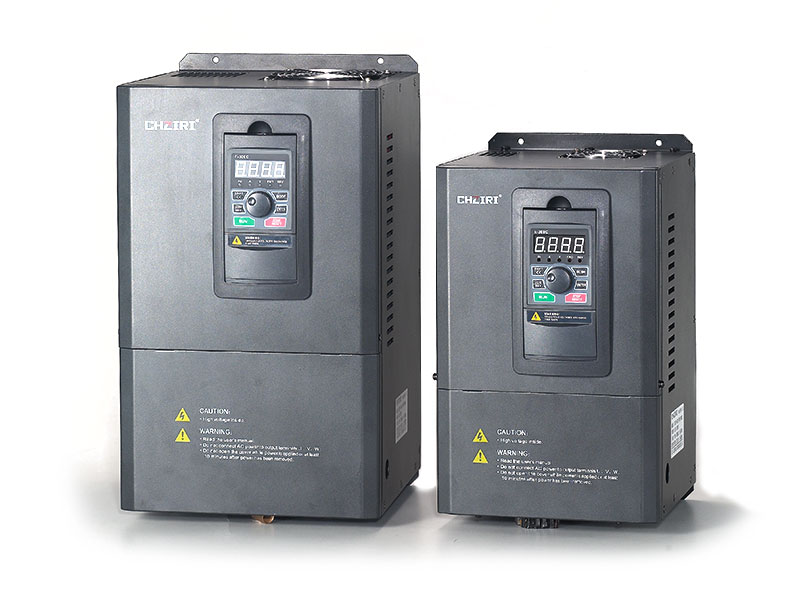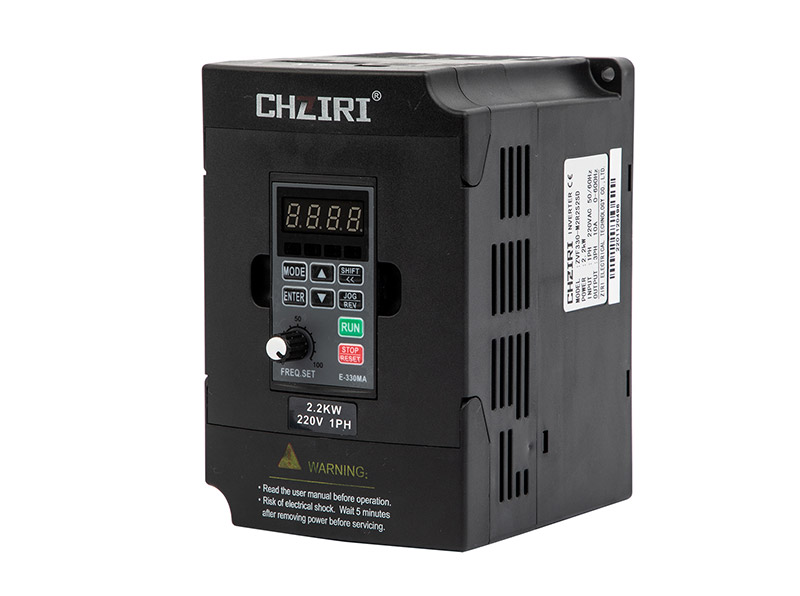How to Tell If Your Frequency Inverter Needs to Be Replaced?
Many users of motor control equipment know how to use a frequency inverter daily but struggle to tell when it needs replacement. Waiting for total failure causes unexpected downtime, while early replacement wastes costs. This article outlines clear signs and judgment methods to help you decide correctly.
What Persistent Abnormal Signs Mean Replacement May Be Needed?
Small glitches don't always mean an inverter is useless, but these persistent issues signal potential replacement needs:
Unresolvable Repeating Alarm Codes
Most frequency inverters have an alarm function. If the same alarm code repeats—even after checking power, wiring, motor matching, resetting, or repairing—core components (e.g., main control board) may be faulty. For example, frequent overheating alarms (despite good ventilation and a clean heat sink) mean aged parts can't be fixed.
Irregular Motor Speed Fluctuations
A frequency inverter's main role is to keep the motor running stably at the set speed. If the motor speeds up/slows down suddenly (no inverter setting changes) or vibrates/noises noticeably, the speed control module may be faulty. This instability can't be fixed with simple adjustments and may damage the motor or connected equipment.
Frequent Trips/Shutdowns Under Normal Load
If the inverter shuts down or trips often when the motor is under normal (not overloaded) load, it's unreliable. For example, a water pump's inverter cutting power suddenly (and failing again after restart) means the internal protection circuit is failing.
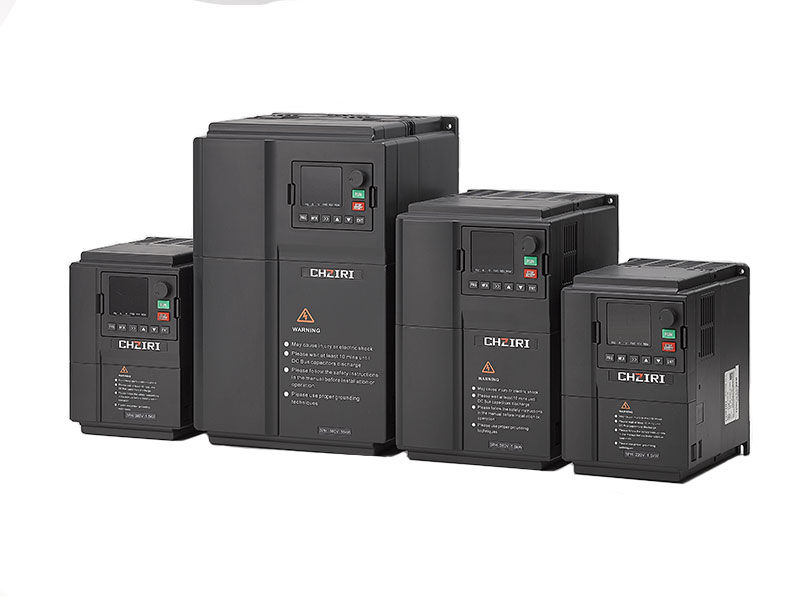
How to Distinguish "Repairable" vs. "Needs Replacement"?
Not every problem requires replacement—correct distinction saves costs:
Temporary Glitches vs. Recurring Failures
Temporary issues (e.g., one-time alarm from a power surge or loose wiring) can be fixed with checks/adjustments. But if the same failure happens 3+ times in a short period (e.g., a month)—even after professional maintenance—the inverter is near the end of its life.
Minor vs. Core Component Damage
Minor part damage (e.g., broken display, faulty cooling fan) can be fixed by replacing small parts. But core component damage (e.g., IGBT power module) is costly to repair—often close to a new inverter's price. Replacement is more cost-effective here.
What to Confirm Before Replacing?
To ensure the new frequency inverter works, confirm two key points:
Match the Original Inverter's Specifications
Record the original's input voltage (e.g., 220V/380V), rated power, and matched motor type (asynchronous/synchronous). The new inverter must have the same or compatible specs—otherwise, it may not work or cause safety risks.
Check Operating Environment & Load
The new inverter must fit the original environment (e.g., humidity, temperature, dust levels). Also, confirm the motor's load type (constant, like conveyors; variable, like mixers) to ensure the inverter can handle it.
Conclusion
To judge if your frequency inverter needs replacement, focus on three things: persistent abnormal signs (repeating alarms, speed fluctuations, frequent trips), distinguishing repairable vs. unrepairable issues, and confirming new inverter specs. This avoids downtime and unnecessary costs.
If you've confirmed replacement is needed and want a reliable option that fits your environment and load, visit our product page. It has frequency inverters for different scenarios, with detailed specs to help you find the right one.

